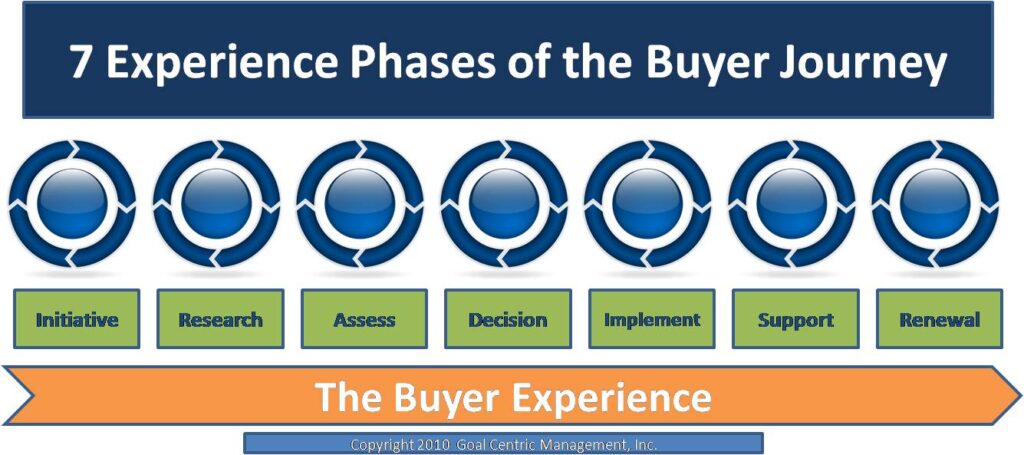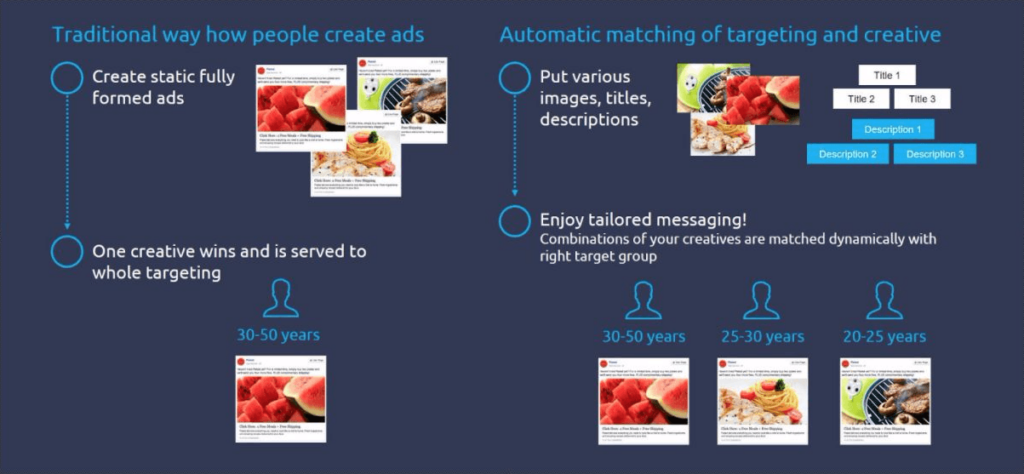While strategic marketing defines your overall marketing plan, tactical marketing puts emphasis on the details necessary to actually achieve your plan. You can break this approach down even further by focusing on tactical segmentation. Let’s get into it.
Key Takeaways:
- Segmentation is the art of identifying specific marketing groups based on a range of factors or criteria, often similar sets of demographic data or buyer characteristics.
- Successful B2B segmentation relies on developing segments that share close similarities between groups and addresses the complex nature of B2B operations.
- There are both static and changing ways you can segment an audience, though selections should correspond to your end marketing and sales goals.
The Uniqueness of B2B Tactical Segmentation
When it comes to segmenting the market, B2B companies have to deal with different processes, motivations, and considerations among their buyers than typical business-to-consumer efforts. This means you need a specialized marketing approach unique to both the business and industry to be effective.
Multiple Decision-Makers
In a B2C environment, your sales pitch could reach families or individuals with the power to make decisions. With a B2B business, you often deal with a network of managers or purchasing agents giving approval for a purchase decision.
Complex Services and Products
Your business may offer a wide range of services or products. It’s difficult to extract or embed individual products in a marketing campaign or along the buying process.
Budget and Big-Picture Responsibilities
Rather than the informal process most individuals move through to make a purchase, the complex nature of a business contract requires more consideration. Buyers must take into account the budget and big-picture company goals and culture.
Buying Cycle
With B2C marketing, the goal is often short-term purchasing decisions. Marketing efforts for B2B businesses encourage long-term, repeat purchasing. The audience or target market doesn’t change, given the potential niche area of operations.

Smaller Audience
Marketing straight to the consumer expands the audience, potentially to thousands of customers. There is a smaller base with B2B business since there is a smaller number of clients typically forming the base of your revenue. Because of this close connection, personal relationships and face-to-face interactions are important.
The Importance of Tactical Segmentation
With segmentation, your message reaches the right people in the right way. It puts a laser focus on key audience needs and expectations, delivering a message that is relevant, compelling, and action-worthy.
Employing the right segmentation tactics leads to cost-effective campaigns that often have higher conversion rates and associated sales. They create relevant and cohesive customer experiences across multiple marketing channels. Segmentation takes your marketing resources and efforts to their full potential.
7 Ways To Implement Tactical Segmentation
If you have accurate, updated data on your target audience, you will have a better chance of implementing segmentation tactics that work. The data gives you the foundational identity of your buyer’s persona. Once you have the right identity defined for your audience, you can focus on these B2B segmentation tactics.
1. Look-Alike Modeling
When you understand the leading attributes of your most loyal and active customers, you get a better idea of their motivations and behaviors. Isolating these attributes gives you a way to target others who may share these qualities.
With look-alike modeling, you develop a more specific segment that includes behavior data and psychographic attributes. Third-party data enrichment providers and offline customer data give you the information to create hyper-focused look-alike models for online campaigns.
2. Audience Suppression
Sometimes, ensuring certain segments don’t receive exposure to a particular ad saves resources. For example, you wouldn’t want to share a 15% discount code with customers who are already receiving a 20% discount or make an introductory offer to returning customers.
You can increase the accuracy of conversion rate data by gathering information on actual first-time conversions. You also avoid annoying customers with out-of-touch and irrelevant marketing campaigns that could cause brand fatigue.
3. Segment-Based Retargeting
Retargeting is another option with tactical segmentation, such as the gentle reminder of items left in a customer’s digital shopping cart. Moreover, when you add data about the different segments, you can get more specific with product-centric retargeting and ad units for specific stages of the buyer’s funnel.
4. Dynamic Creative
Strong marketing programs already employ site and content optimization, but with dynamic creative technology, you share specific messages with specific people. Unique combinations of content derived from a variety of creative elements create a sophisticated and effective campaign.
One avenue is to host different home pages for current customers and prospects. By factoring in data from their buying preferences and behaviors, you can tailor the offers even further. Relevant experiences attract attention, whether it’s from a new site user or a current customer.

5. Loyalty Tiers
Also included in the list of segmentation tactics is implementing an approach based on loyalty tiers. Special rewards for loyal customers are nothing new: Frequent flyer miles and gold versus platinum credit card holder benefits were some of the earliest loyalty segmentation tactics.
You have unique marketing options with your loyal customers even in a B2B industry. Develop online offers that are more specific for this group. If you break down your strategies to those who are likely to convert more quickly and spend more, you can create an exclusive experience that provides value to the buyer and higher revenue for the company.
6. Geo-Targeting
As a tactical segmentation strategy, geo-targeting addresses the customer experience through location data. Operating in a global market means making sure pricing is in the right currency, home pages are in the right language, and the products show accurate availability by country.
There is a lot of room for growth with this tactic as well when you think of how to integrate in-person offers with digital marketing. You can use a geo-targeted offer to encourage potential buyers to connect with company representatives at a local trade show.
7. Anonymous Online Activity
You can still create an actionable segment for those who browse your website but wish to remain anonymous. While you may not know the individual buyer behind the interest, collected data shares their average browser and behavior with you.
By linking your anonymous targeting data with their anonymous browsing data, you can develop and send acquisition deals or offers directly related to their interests.
The Case for Tactical Segmentation
Creating a focused marketing strategy through segmentation is efficient and effective, but it can seem overwhelming when getting started. It’s important to have the right data on hand before making any decisions, but gathering this info takes effort. Fortunately, you don’t have to work alone.
With Shanahan Strategy, you have an experienced partner in B2B marketing. We know what works will help you craft a custom approach to increase your sales and build your customer base. Contact us to learn more about tactical segmentation and how we can use it to reach your audience.

